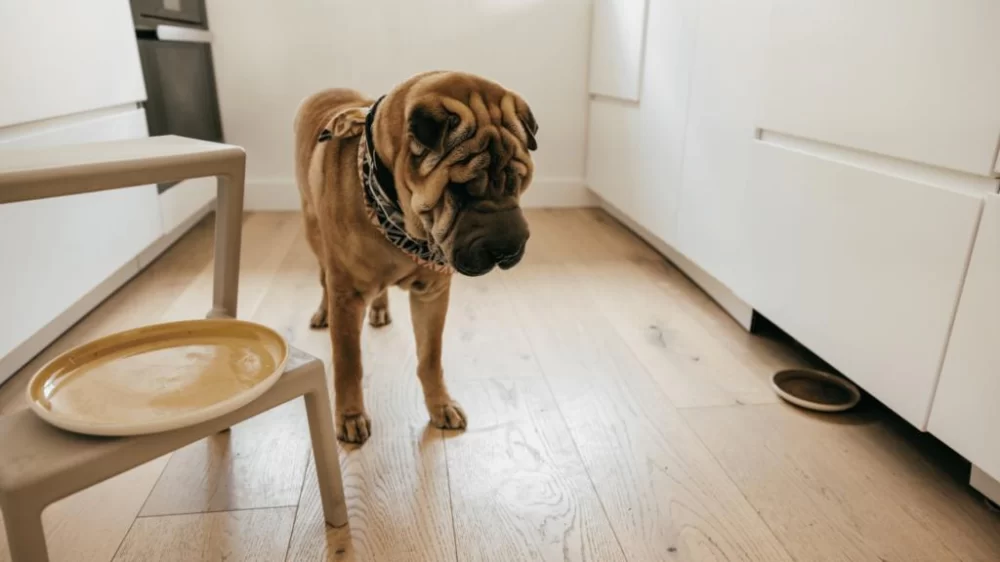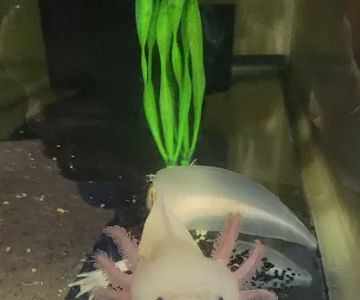Understanding Separation Anxiety in Pets
Separation anxiety is a common yet challenging condition that many pet owners face. As a pet parent, I’ve seen my own pets struggle with this anxiety. It’s heartbreaking to see your furry friend distressed when you leave, and it’s even more difficult to watch as they chew furniture, scratch at doors, or howl in distress. If your pet is dealing with separation anxiety, you’re not alone. It’s a condition that can affect both dogs and cats, and it can range from mild to severe. So, how can we help our pets manage this condition and make both their lives and ours easier?
What Is Separation Anxiety in Pets?
Separation anxiety occurs when a pet becomes overly attached to their owner and experiences extreme distress when left alone. It’s often characterized by destructive behaviors, excessive barking or meowing, urinating or defecating inappropriately, and even attempts to escape. This anxiety isn’t just about missing you—it’s a deep-rooted fear of being alone, which can leave your pet feeling panicked and helpless.
Causes of Separation Anxiety in Pets
Understanding why your pet experiences separation anxiety is crucial in addressing the problem. Some of the common causes include:
- Previous Traumatic Experiences: If your pet was abandoned, rehomed, or experienced a traumatic event, they may develop separation anxiety as a result of the fear of being left alone again.
- Changes in Routine or Environment: Pets are creatures of habit, and a sudden change, such as moving to a new home or a change in your work schedule, can trigger anxiety.
- Lack of Socialization: Pets that have not been properly socialized during their formative years might struggle more with being alone, as they have not learned to be independent.
- Past Negative Experiences: If your pet has been left alone and faced punishment or negative experiences, this can lead to anxiety when they are left by themselves.
How to Help a Pet with Separation Anxiety
1. Create a Comfortable Environment
One of the first steps to dealing with separation anxiety is making sure your pet feels secure when you’re not around. This can include creating a cozy, safe space for your pet. For example, I made sure my dog, Max, had a designated spot in the house where he felt safe. I placed his favorite blanket, some toys, and even a piece of my worn clothing with my scent on it to comfort him. This helped ease his anxiety and created a place where he could relax during the times I was gone.
2. Establish a Consistent Routine
Pets thrive on routine, and having a predictable schedule can greatly reduce anxiety. Try to feed, walk, and play with your pet at the same times every day. For example, I noticed that Max started to feel more secure when I stuck to his walking schedule. Knowing what to expect helped him feel more in control and less anxious when I was away.
3. Gradual Desensitization
Gradual desensitization is a method where you slowly get your pet used to being alone. Start by leaving your pet alone for just a few minutes and gradually increase the time apart. When I first worked on Max’s anxiety, I would step out of the room for just a few seconds, and over time, he got used to being left alone for longer periods. It's important to reward your pet for calm behavior when you return so they associate your departure with something positive.
4. Provide Mental and Physical Stimulation
Boredom can exacerbate separation anxiety, so it’s important to keep your pet engaged while you’re away. Toys, puzzle feeders, and interactive games can help distract your pet from their anxiety. I found that giving Max a stuffed Kong toy filled with peanut butter before I left kept him busy and helped him focus on something other than my absence.
5. Use Anxiety-Relief Products
There are many products available that can help calm anxious pets. These include calming collars, pheromone diffusers, and anxiety wraps that provide a comforting, gentle pressure. I used a pheromone diffuser in the room where Max spends most of his time, and it seemed to have a soothing effect on him. There are also calming treats and sprays that can be useful in reducing your pet’s anxiety before you leave.
6. Avoid Making Departures and Arrivals a Big Deal
One mistake many pet owners make is making a big fuss when they leave or return home. This can reinforce your pet’s anxiety and make them more sensitive to departures. Instead, try to keep your comings and goings low-key. I started quietly slipping out the door without saying goodbye to Max, and when I came home, I didn’t immediately shower him with attention. This helped him understand that my leaving and returning was a normal part of the day.
7. Seek Professional Help if Necessary
If your pet’s separation anxiety is severe, you may need to seek help from a professional trainer or a veterinarian. In some cases, medication may be necessary to help manage anxiety, especially if your pet’s behavior is destructive or harmful. I had a friend whose dog’s separation anxiety was so severe that they needed professional intervention. A trainer helped her dog learn coping mechanisms, and the situation improved over time with a combination of behavioral therapy and medication.
Real-Life Story: How I Helped My Dog Overcome Separation Anxiety
When I first adopted Max, he had terrible separation anxiety. He would howl and scratch at the door whenever I left. It was heartbreaking to watch, and I knew I had to do something. I started by creating a safe space for him and sticking to a routine. I also gradually worked on leaving him alone for short periods. After a few weeks of consistent effort, I noticed that Max was no longer as anxious when I left. He would happily play with his toys, and the destructive behaviors diminished. The process took time, but seeing him calm and content was worth every effort.
Conclusion
Dealing with a pet’s separation anxiety can be a long and sometimes challenging process, but with patience and the right strategies, you can help your pet feel more secure when you’re away. Whether through gradual desensitization, creating a comforting environment, or using calming products, the key is consistency. Remember, every pet is different, so what works for one may not work for another. However, by staying committed and seeking professional help when needed, you can help your pet overcome separation anxiety and enjoy a happier, more relaxed life.












